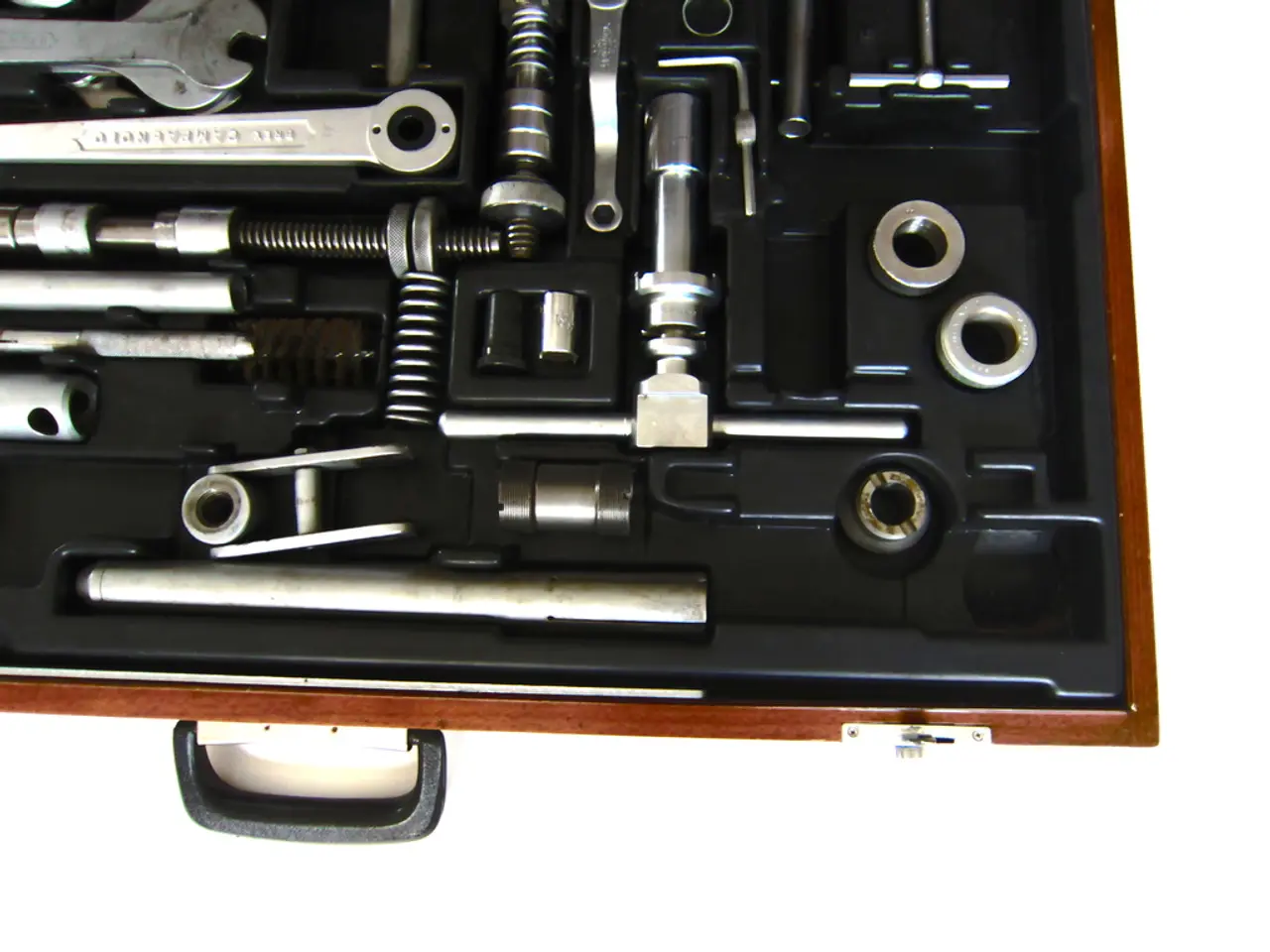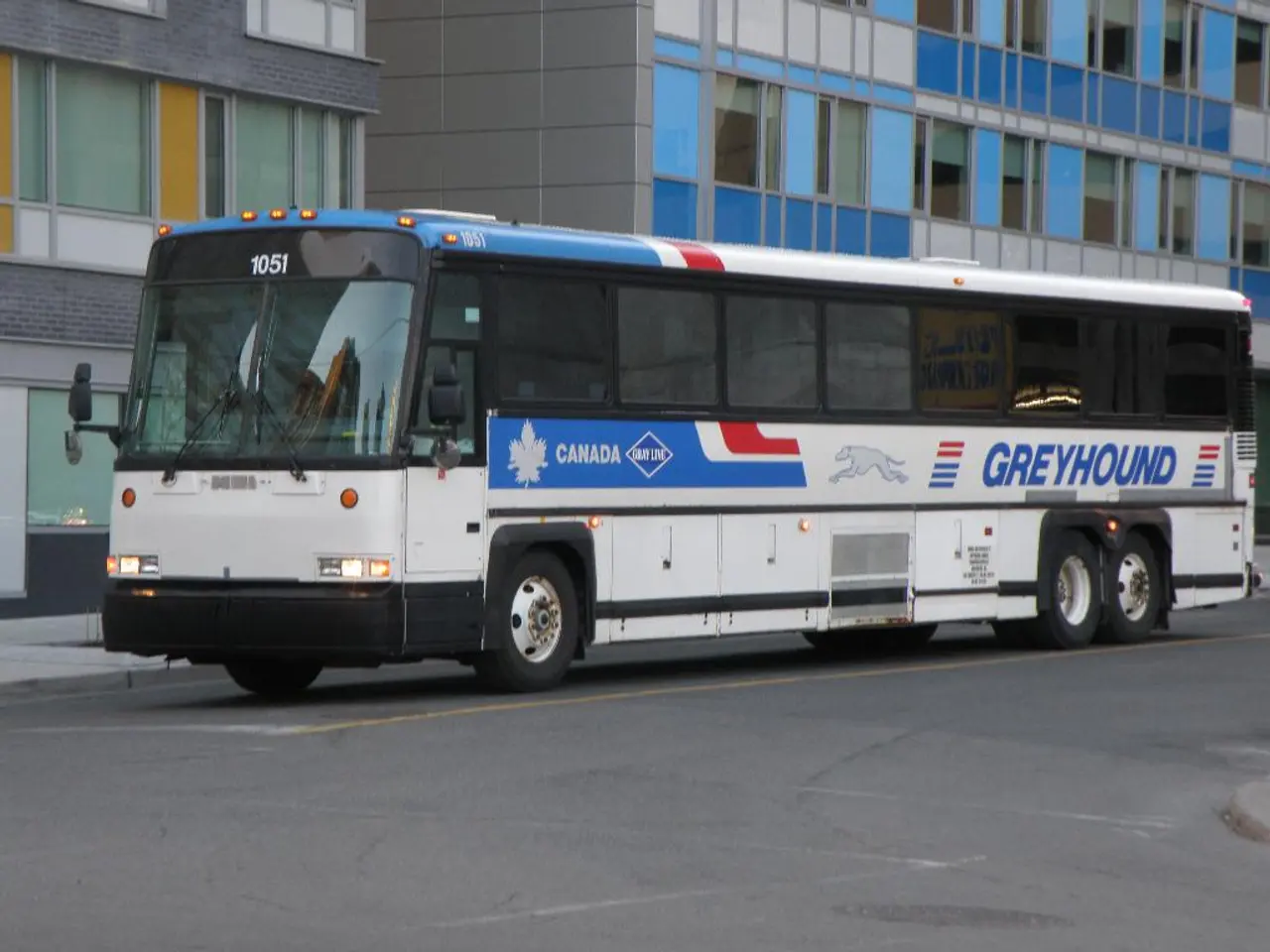Economic Renovation at Contaminated Waste Treatment Sites
The RCRA Corrective Action program, a crucial initiative aimed at addressing hazardous waste cleanups, has a significant and multifaceted impact on businesses and communities.
1. Health and Environmental Protection for Sustainable Development
The program plays a vital role in safeguarding communities by investigating and cleaning up hazardous waste releases that pose risks to human health and the environment. This proactive approach reduces future health costs and environmental damages, benefiting communities and local economies.
2. Facilitating Property Reuse and Redevelopment
The program encourages cleanup efforts that allow contaminated sites to be safely repurposed and redeveloped. Initiatives like 'Ready for Reuse' and 'Superfund Redevelopment' transform previously unusable land into productive commercial, residential, or recreational properties. This process generates jobs, increases property values, and expands the local tax base.
3. Financial and Legal Implications for Businesses
Businesses involved in hazardous waste generation or operations at contaminated sites face substantial costs related to cleanup under RCRA Corrective Action. These costs include investigation, remediation, and ongoing monitoring expenses. Additionally, the program creates potential liability risks and litigation exposure, particularly with newer hazardous substances like PFAS being subject to cleanup actions and cost recovery under CERCLA.
4. Budgetary and Funding Challenges
Funding for RCRA Corrective Action has faced cuts, such as a roughly 35% reduction in corrective action funding proposed in recent EPA budgets. These cuts may slow cleanup progress, potentially increasing long-term economic burdens on communities due to prolonged contamination and delaying redevelopment benefits.
5. Economic Benefits at Large Scale
Despite these challenges, EPA reports billions in economic benefits nationwide from RCRA cleanups, reflecting not only the direct spending on remediation but also the broader economic revitalization of communities and reduction of health-related costs. These benefits are integral to long-term economic sustainability and environmental justice.
In 2020, the EPA began collecting economic data for hazardous waste cleanup facilities, and from 2020-2021, they collected data for a total of 79 such facilities. The aggregated, estimated annual (inflation-adjusted) income of these businesses is nearly $8 billion, and they employ over 82,000 people.
Notably, cleanups under the Hazardous Waste Cleanup Program allow on-site businesses to continue operating while protecting human health and the environment. Homeowners near the cleanups experience an average of a six to seven percent increase in the value of their homes, and a recent study indicates that EPA's Hazardous Waste Cleanup Program contributed to a $323 million increase in the value of homes near 195 completed cleanups studied.
Economic data for these facilities is obtained from reputable sources such as the Hoovers/Dun & Bradstreet database, Reference Solutions, Manta databases, company annual reports, business websites, and news media reports. The cumulative (inflation-adjusted) sales of these businesses are $39 billion, and these 79 facilities support 1,028 businesses.
However, it's important to note that in some cases, if a site primarily supports residential use or other uses that do not employ people or generate sales revenue, the site-related economic totals may appear lower than expected. Furthermore, economic benefits associated with all hazardous waste cleanups are likely much greater than what was analyzed.
In conclusion, while the RCRA Corrective Action program imposes cleanup costs and legal responsibilities on businesses, it delivers broad economic benefits to communities by mitigating health risks, enabling site redevelopment, and fostering sustainable local economies. However, funding fluctuations and expanding regulatory scope can affect the pace and extent of these positive outcomes.
- The program's investigation and cleanup of hazardous waste sites contribute to improving public health and protecting the environment, ultimately reducing future health costs and environmental damages.
- Efforts to clean up and repurpose contaminated sites can lead to the reuse and redevelopment of previously unusable land into productive commercial, residential, or recreational properties, thus creating jobs and increasing property values.
- Businesses engaged in hazardous waste generation or operations at contaminated sites must contend with substantial cleanup expenses and potential legal liabilities under RCRA Corrective Action, particularly when dealing with new hazardous substances like PFAS.
- Reductions in funding for the program may slow cleanup progress, potentially leading to increased long-term economic burdens on communities due to prolonged contamination and delayed redevelopment benefits.
- The EPA reports significant national economic benefits from RCRA cleanups, including billions in spending on remediation, job creation, and the reduction of health-related costs, contributing to long-term economic sustainability and environmental justice.







